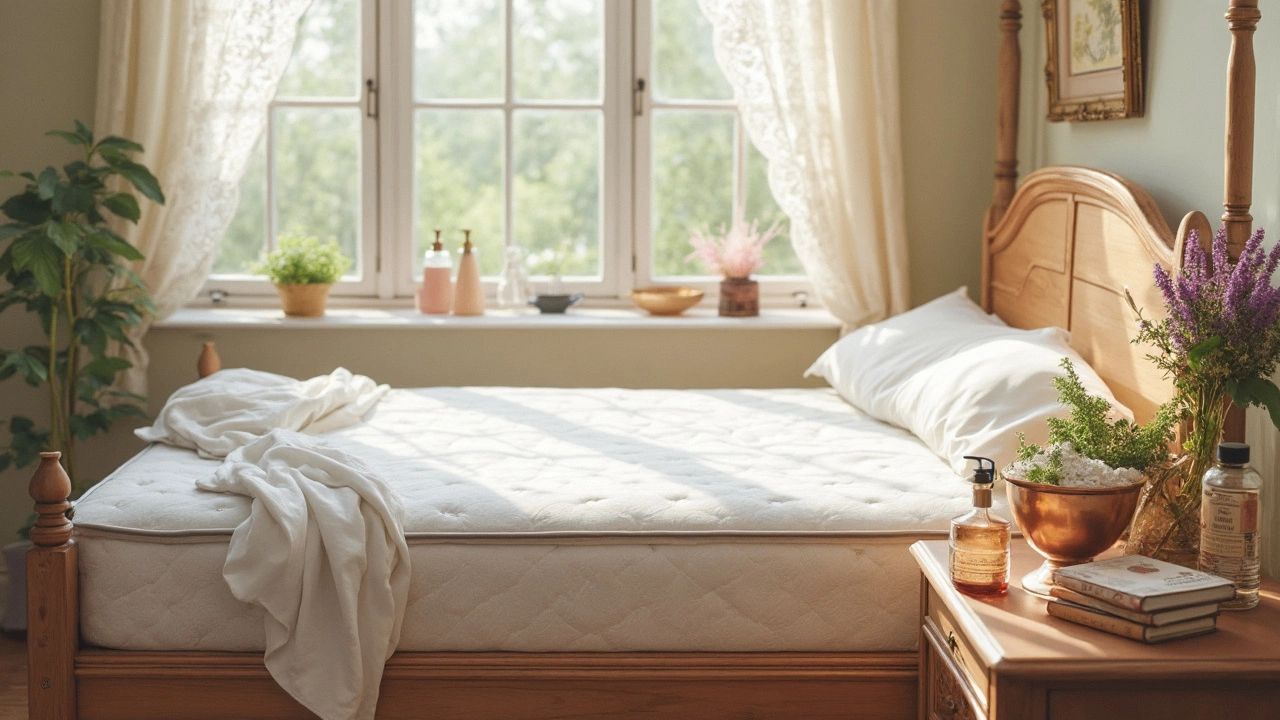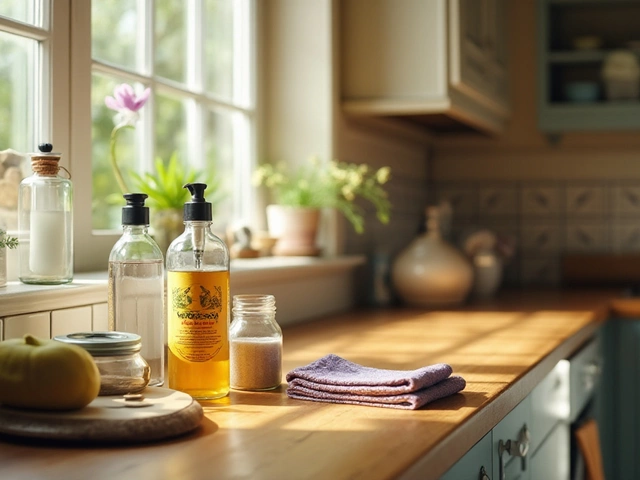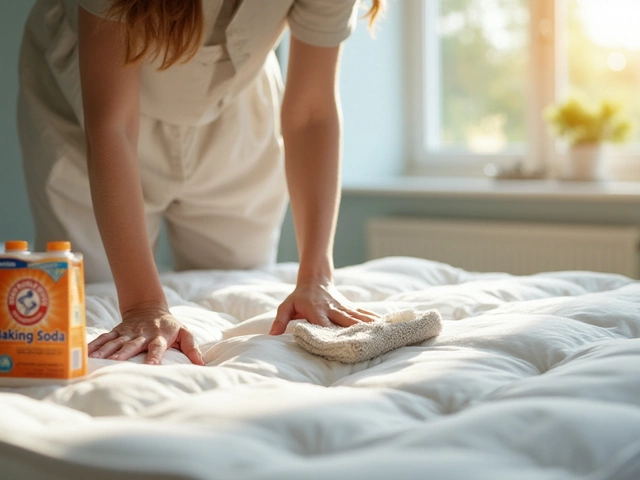Mattress Care Tips and Guides
When it comes to Mattress Care, the practice of keeping a bed mattress clean, fresh and supportive. Also known as bed mattress maintenance, it helps you sleep better, reduces allergens and extends the life of your investment.
Good Upholstery cleaning, the removal of dust, stains and microbes from fabric surfaces is a core part of the routine. Whether you’re tackling a spill of coffee or a hidden oil stain, the right cleaning approach prevents the problem from sinking deeper into the fibers. Pair that with Eco‑friendly cleaning, methods that use non‑toxic, biodegradable ingredients and you keep your bedroom safe for kids, pets and anyone with sensitivities. And when the job feels too big, Professional cleaning services, experts who use specialized equipment and safe solutions can give your mattress a deep, thorough refresh that DIY tricks can’t match.
Why Proper Mattress Care Matters
Mattress care encompasses stain removal, regular vacuuming, proper rotation and occasional deep cleaning. Neglect leads to build‑up of dust mites, sweat, and skin cells, which can trigger allergies and affect sleep quality. A simple vacuum with a HEPA filter removes surface debris, while a gentle spot‑clean with a baking soda‑vinegar mix tackles fresh spills. The process also requires a breathable drying step to avoid mold. In short, a clean mattress supports healthier air, better rest and fewer replacements.
One of the biggest myths is that harsh chemicals are needed for tough grime. In reality, a blend of baking soda, a splash of lemon juice, or a few drops of dish soap (like Dawn) can break down greasy residues without leaving harmful residues. That ties back to the eco‑friendly cleaning principle: use what you already have in the kitchen to protect both the mattress and the environment.
When you choose to hire professionals, you gain access to steam extraction tools that reach the core of the mattress without soaking it. These services often include sanitizing sprays that kill bacteria while remaining safe for fabrics. The result is a mattress that feels as fresh as the day you bought it, and you avoid the hassle of moving heavy equipment yourself.
Another key habit is rotating and flipping your mattress every three to six months. This simple step distributes wear evenly, preventing sagging and extending comfort. Combined with regular cleaning, it forms a maintenance loop that keeps the mattress performing at its best.
For those dealing with stubborn stains like blood, urine or red wine, the approach changes slightly. First, blot excess liquid, then apply a solution of hydrogen peroxide mixed with a tiny amount of dish soap. Let it sit, gently scrub, and rinse with a damp cloth. The process showcases how stain removal techniques overlap with upholstery cleaning, reinforcing the idea that mastering one skill helps with the others.
Finally, remember that a mattress is part of a larger bedroom ecosystem. Clean windows, fresh linens, and a tidy floor all contribute to the overall health of your sleeping space. By integrating mattress care with broader home‑cleaning habits—like the window‑cleaning tips, power‑washing insights, and spring‑clean routines found in our other articles—you create a cohesive, healthy environment.
Below you’ll find a curated collection of articles that dive deeper into DIY recipes, professional service advice, and the science behind each cleaning method. Whether you’re a DIY enthusiast or prefer to call in the experts, the guides here will help you keep your mattress—and the whole bedroom—at its freshest.





